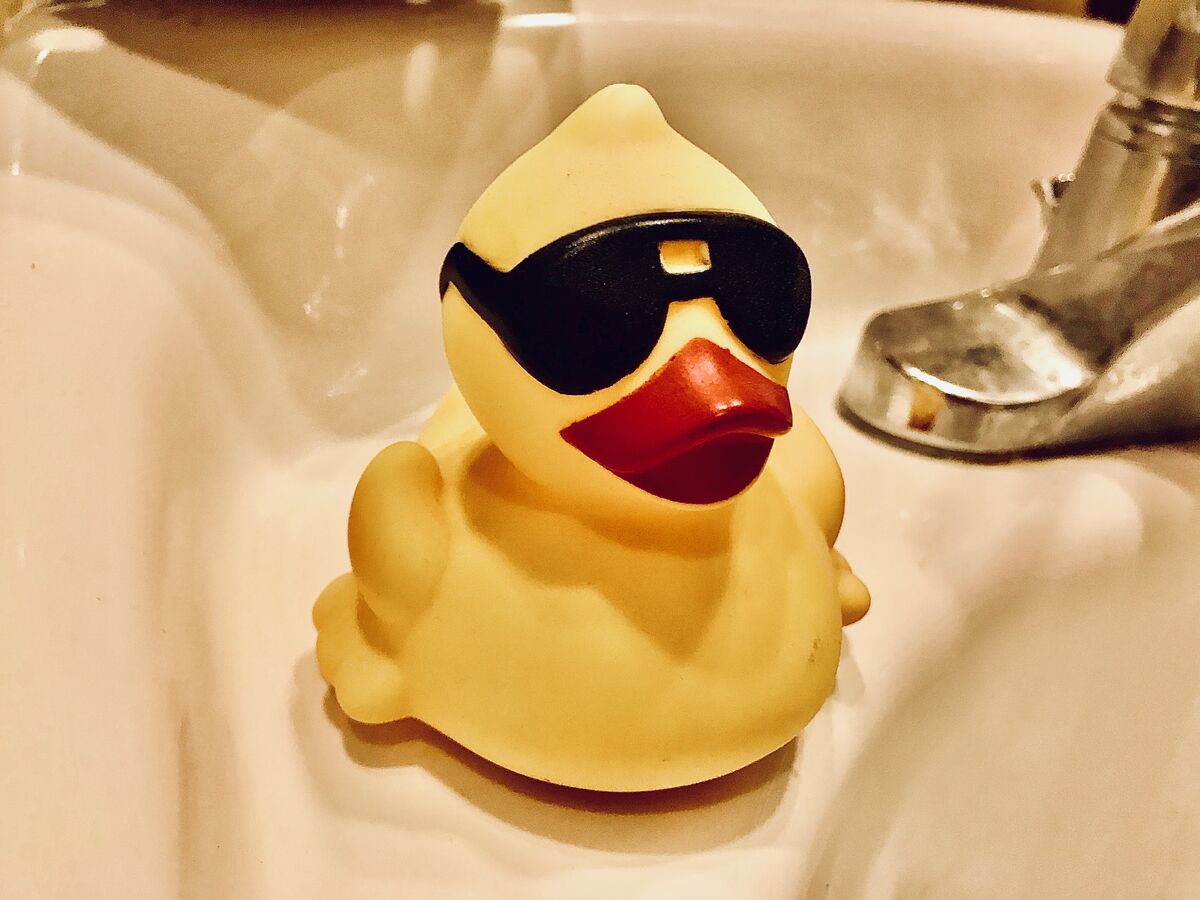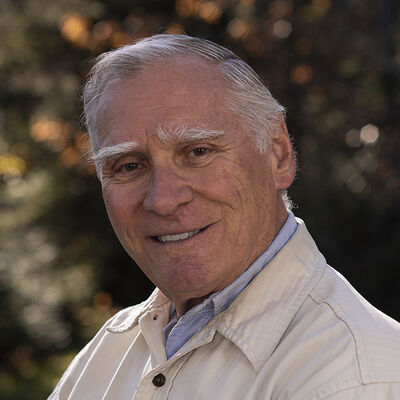Fast or slow shutter speed, how do you decide?
Feb 24, 2024 06:40:02 #
Artcameraman
Loc: Springfield NH
Sorry didn't have a good connection. SPUTTER SPEED SHOULD BE MORE THAN THE FOCAL LENGTH OF THE LENS WHEN HAND HELD UNLESS YOU HAVE VIBRATION control.
Feb 24, 2024 07:11:43 #
Artcameraman wrote:
Sorry didn't have a good connection. SPUTTER SPEED SHOULD BE MORE THAN THE FOCAL LENGTH OF THE LENS WHEN HAND HELD UNLESS YOU HAVE VIBRATION control.
Feb 24, 2024 08:51:30 #
petrochemist
Loc: UK
I often want to catch subject movement & even occasionally camera movement. Shutter speed is often critical to getting the effects desired in such cases.
If subject movement is not an issue, the DOF desired will often determine things. I prefer to keep ISO low but it nearly always takes second place to the requirements of DOF & shutter speed.
For some shots I end up having to add more light, sometimes I need to use an ND or other filter to get acceptable numbers.
Unlike @CHG_CANON I'm not afraid to make use of ancient advice, I just modify it for use with my kit. I know I can reliably manage 5 stops slower than the 1/focal length guidelines when using my stabilised kit, and I can get away with 2 stops slower much of the time with unstabilized gear. When approaching those limits I'll often just take multiple shots & select the sharpest, as I'm generally too lazy to carry one of my tripods and they don't always help. If panning I find supports are generally more of a hinderance
If subject movement is not an issue, the DOF desired will often determine things. I prefer to keep ISO low but it nearly always takes second place to the requirements of DOF & shutter speed.
For some shots I end up having to add more light, sometimes I need to use an ND or other filter to get acceptable numbers.
Unlike @CHG_CANON I'm not afraid to make use of ancient advice, I just modify it for use with my kit. I know I can reliably manage 5 stops slower than the 1/focal length guidelines when using my stabilised kit, and I can get away with 2 stops slower much of the time with unstabilized gear. When approaching those limits I'll often just take multiple shots & select the sharpest, as I'm generally too lazy to carry one of my tripods and they don't always help. If panning I find supports are generally more of a hinderance
Feb 24, 2024 09:00:32 #
Feb 24, 2024 09:17:13 #
Feb 24, 2024 11:09:45 #
StanMac
Loc: Tennessee
I’m an aperture priority kind of guy. I use the fastest shutter I can for the aperture I’m using.
Stan
Stan
Feb 24, 2024 11:15:59 #
I would suggest learning to....visualizing the final image you envision in your mind's eye,....crop and create that thru the viewfinder while applying the required settings to achieve that personal outcome you first envisioned,....over time that knowledge will become cumulative to draw upon for future work.
The beauty of digital allows you to let the camera teach you with immediate visual results ,....pixels cost nothing so go at it .
The beauty of digital allows you to let the camera teach you with immediate visual results ,....pixels cost nothing so go at it .
Feb 24, 2024 11:54:13 #
StanMac wrote:
I’m an aperture priority kind of guy. I use the fastest shutter I can for the aperture I’m using.
Stan
Stan
That's my method too, most of the time.
Feb 25, 2024 06:41:17 #
Artcameraman
Loc: Springfield NH
The other day I mentioned to a friend about switching out the rear element to my lens on the fly to get a different look on my 4X5" digital negatives , he said what? Once you add blueberries to your muffin mix they are blueberry and can never be plain again. Guess I belong to a different generation.
Feb 25, 2024 11:07:37 #
JZA B1 wrote:
Assuming the subject/scene isn't changing quickly and you could go with either faster or slower shutter (adjusting aperture and ISO to compensate and maintain exposure), do you usually go for faster shutter speed or slower?
Any pros and cons on doing it one way vs the other?
Any pros and cons on doing it one way vs the other?
It really depends brightness of the subject (sunny, cloudy, dawn, dusk,indoor, nightlife), lens used, desired or needed DoF, and whether you have IBIS or lens stabilization. If the subject or scene is not moving, your movement or camera shake is the other factor. If the camera is on a stable tripod, then there really is no lower limit, except long exposures introduce more noise (may need to turn on long exposure NR).
Constraints -
ISO - lower is better, lowest possible ISO for shutter/f/EV combo.
f - vary depending on DoF needed and lighting, but wide open and small apertures f/16+ usually result in slightly lower IQ. Most lenses perform best in the "midrange" f/ 5.6-11
Shutter - handheld, generally 1/focal length or faster, but can go lower 2-6 stops depending on lens/IBIS stabilization setting. So if you're shooting with a 100mm lens, you want 1/100 or faster, with a 300mm lens 1/300 or faster, but if you have 3 stops of IS, you can go as low as 1/15 or 1/30 in the examples above. But again, on a stable tripod there really is no lower limit on a static subject.
Sometimes creative effects such as a blurred waterfall require a much slower, multi-second shutter speed, on a tripod. If you don't have a tripod, take several shots at higher shutter, and stack them to blur - you need about a dozen or more shots to blend, for example. Or, if you're shooting a helicopter for example, you don't want static rotor blades and prefer to show some blade motion, so only certain slower speeds will work for you (such as 1/60), subject to other constraints above.
Feb 25, 2024 16:56:30 #
RodeoMan
Loc: St Joseph, Missouri
camerapapi wrote:
With all due respect, I am assuming you are not fa... (show quote)
This is online for the person asking the question.
Feb 25, 2024 21:52:09 #
JZA B1 wrote:
Assuming the subject/scene isn't changing quickly and you could go with either faster or slower shutter (adjusting aperture and ISO to compensate and maintain exposure), do you usually go for faster shutter speed or slower?
Any pros and cons on doing it one way vs the other?
Any pros and cons on doing it one way vs the other?
What do you want to capture. Take a waterfall. Fast shutter = water drops frozen in time. Slow shutter water a creamy flow of water. Plus the benefits of changing depth of field. Truly, a better understanding of the relationship between aperture and shutter will greatly improve your creativity.
Feb 27, 2024 02:11:17 #
ThreeCee
Loc: Washington, DC
Since the settings are all linked, you have to ask what is the look you want. Shutter speed is used to freeze motion or show motion blur. Aperture is used to control how much of the frame is in focus. ISO controls gain and high values will create more noise.
If you want to reply, then register here. Registration is free and your account is created instantly, so you can post right away.



